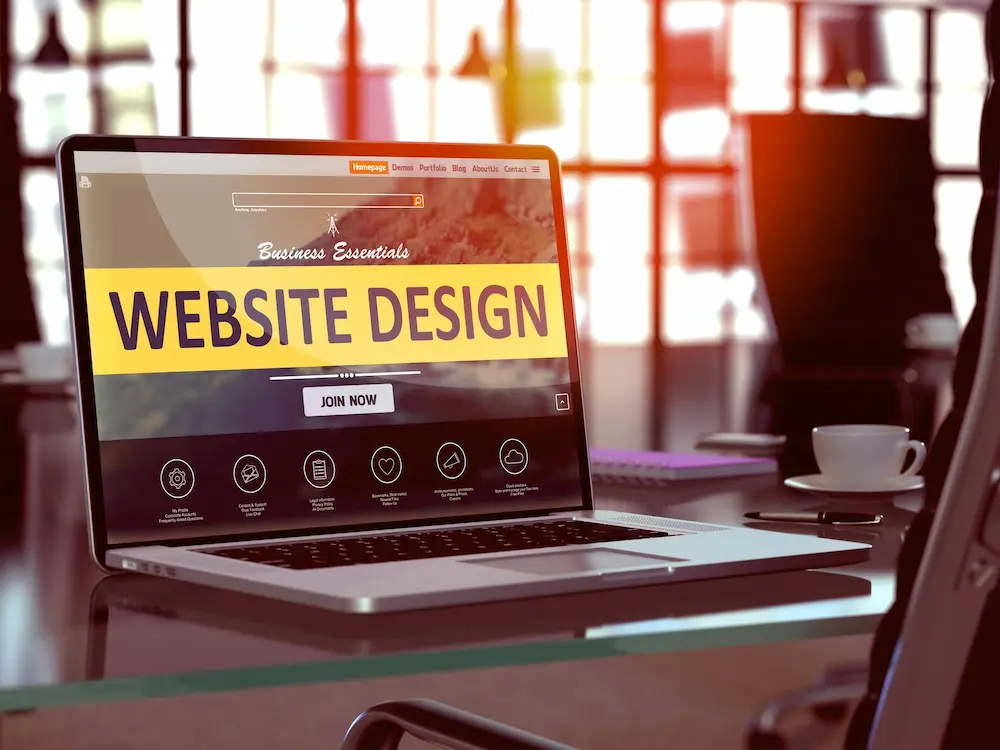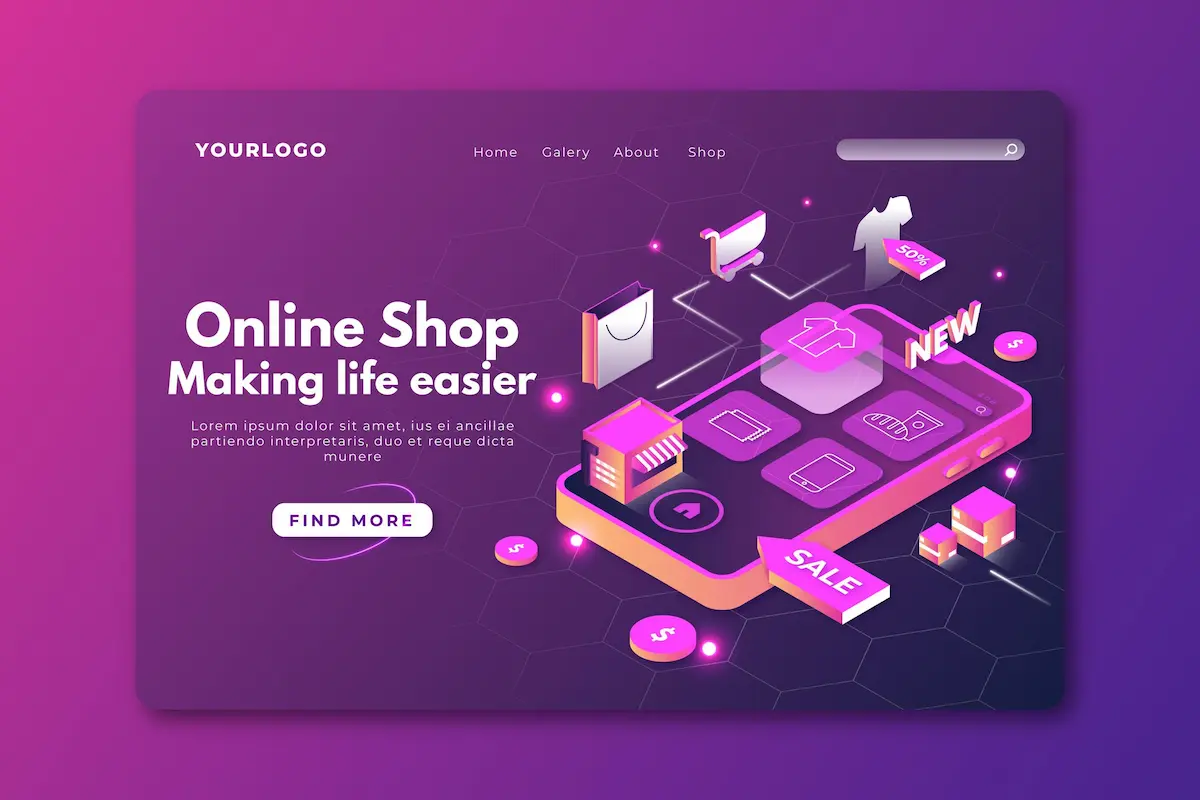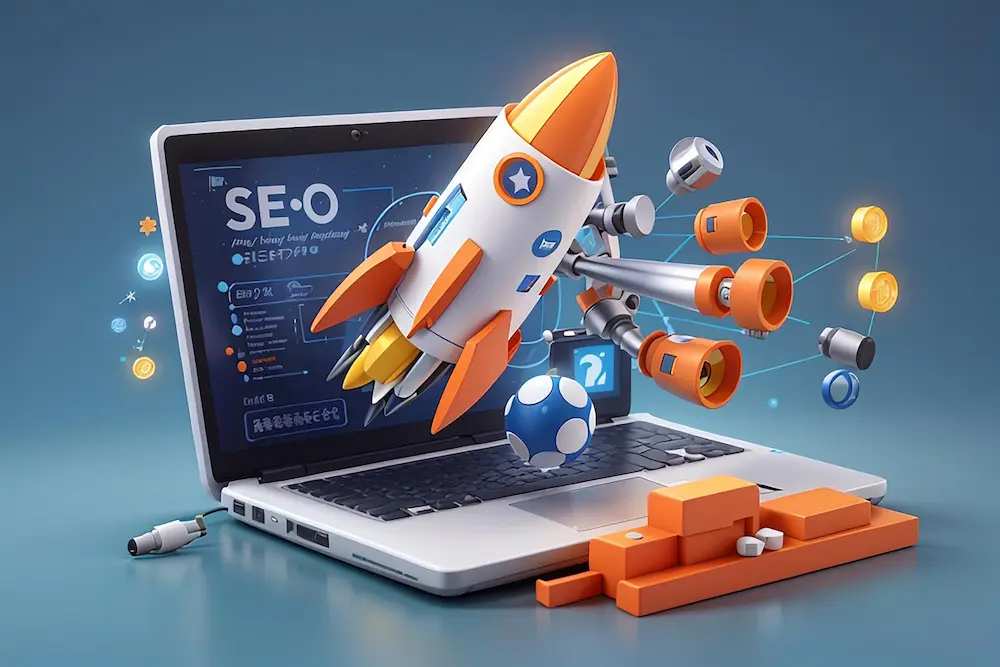As we approach 2025, the world of UI/UX design continues to evolve at an unprecedented pace. With new technologies, user expectations, and industry demands shaping the landscape, designers are under pressure to create experiences that are not only visually appealing but also intuitive, engaging, and seamless. In this article, we’ll explore the most influential UI/UX design trends that will shape digital experiences in 2025.
UI/UX Design Trends Shaping Digital Experiences in 2025

As augmented reality (AR) and virtual reality (VR) technologies become more accessible and integrated into everyday life, UI/UX design is shifting toward creating more immersive, interactive experiences. By 2025, we can expect to see AR and VR being used in a broader range of applications—from retail to education to entertainment.
Artificial Intelligence (AI) is revolutionizing how brands interact with users by delivering hyper-personalized content and experiences. By 2025, AI will be deeply integrated into UI/UX design, helping designers create more tailored digital experiences based on user behavior, preferences, and context.
The rise of voice assistants like Siri, Alexa, and Google Assistant is only the beginning. By 2025, voice user interfaces (VUI) and conversational UI will become integral parts of digital experiences, transcending traditional graphical interfaces.
In an era where user attention spans are shrinking, minimalist and clean design continues to dominate. The focus will be on simplicity, clarity, and ease of use, with designers embracing the mantra of “less is more.” By 2025, we will see even more streamlined interfaces that eliminate unnecessary elements and focus on essential, high-impact design components.
Neumorphism, the design trend that combines soft, inset, and extruded effects to create a 3D, almost tactile feel, continues to gain traction. Glassmorphism, which uses frosted glass-like effects and blurred backgrounds, is also gaining popularity. These design elements are expected to evolve and be more widely adopted in 2025.
Dark mode has rapidly gained popularity due to its ability to reduce eye strain and provide a sleek, modern aesthetic. By 2025, dark mode will be the default option for many applications and websites, with designers ensuring that dark and light modes are equally optimized for usability.
With sustainability and social responsibility becoming more important to consumers, there is an increasing demand for UI/UX designs that promote ethical values and environmental consciousness. By 2025, sustainable design practices will be essential in shaping how digital products are created.
Micro-interactions, the small animations and effects that occur when users engage with a product, will continue to evolve in 2025. These subtle design elements enhance user engagement and provide immediate feedback, making the experience feel more fluid and interactive.
As user data becomes increasingly valuable, UI/UX design will shift toward data-driven decisions. In 2025, designers will leverage data analytics to better understand how users interact with their products and optimize their designs accordingly.
The rollout of 5G networks will revolutionize how digital experiences are designed and consumed. With faster internet speeds and reduced latency, designers will be able to create more complex and feature-rich experiences that were previously not feasible.
Need Help with Your Project?
Our team is ready to help you build amazing digital solutions. Get in touch today!

